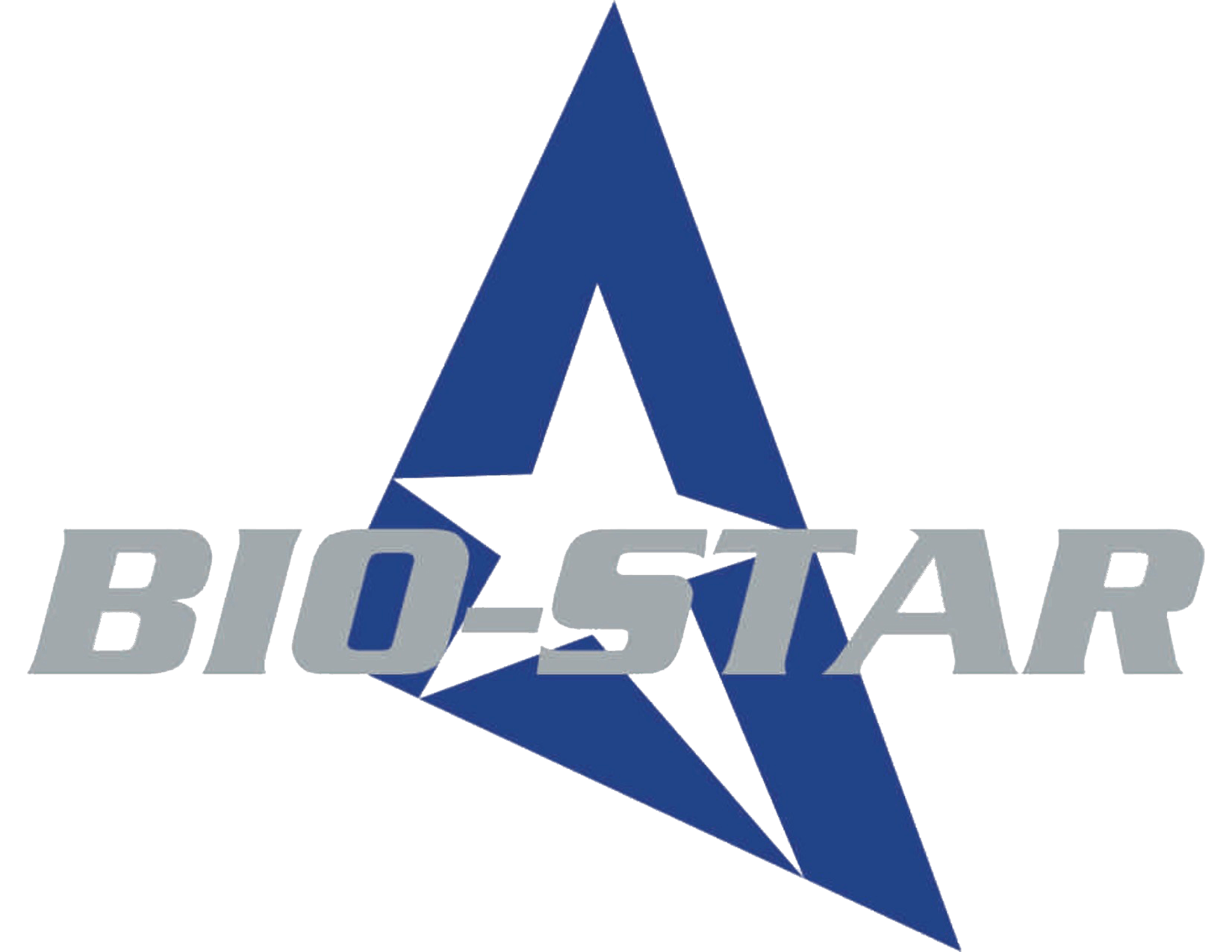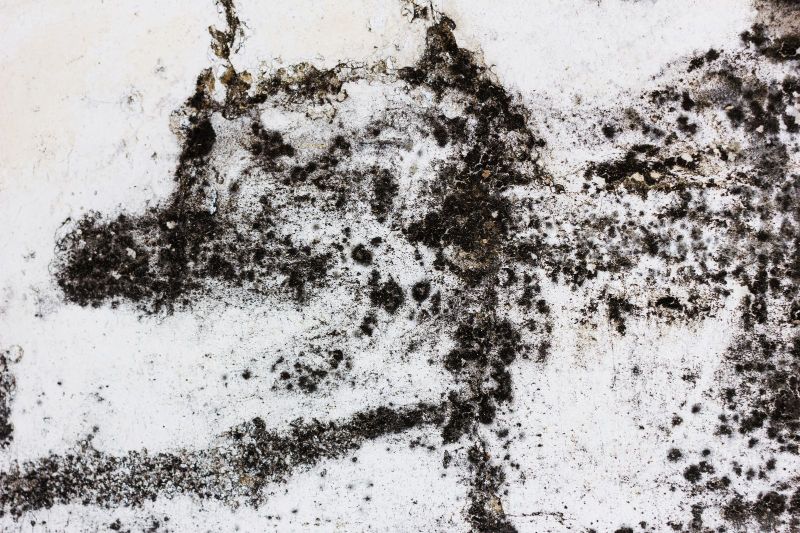Behind the walls, beneath the floors, and often unseen, mold can quietly infiltrate our homes, posing a threat that extends beyond aesthetics. Mold infestations can be insidious, leading to health concerns and structural issues. In this blog post, we will unveil the hidden dangers of mold infestations, exploring their impact on both physical well-being and the integrity of our living spaces.
- Health Implications:
Mold reproduces through airborne spores that, when inhaled, can trigger a range of health issues. Individuals with allergies or respiratory conditions, such as asthma, may experience worsened symptoms in the presence of mold. Common health effects include nasal congestion, throat irritation, coughing, and skin irritation. Prolonged exposure may lead to more severe respiratory issues.
- Respiratory Conditions:
Mold spores can be especially problematic for individuals with pre-existing respiratory conditions. The presence of mold in indoor environments may exacerbate symptoms and contribute to the development or aggravation of respiratory disorders, including asthma and bronchitis.
- Allergic Reactions:
Mold allergies are common, and exposure to mold spores can trigger allergic reactions in sensitive individuals. Symptoms may include sneezing, watery eyes, skin rashes, and itching. Identifying and addressing the source of mold is crucial for managing allergic reactions.
- Toxic Mold:
Certain types of mold, commonly known as toxic or black mold, produce mycotoxins that can have more severe health implications. Stachybotrys chartarum, a notorious toxic mold, has been linked to respiratory issues, headaches, fatigue, and, in extreme cases, neurological problems. Identifying and remedying toxic mold infestations is paramount for the well-being of occupants.
- Compromised Indoor Air Quality:
Mold releases spores into the air, contributing to poor indoor air quality. The inhalation of these spores can lead to respiratory issues and allergies. Individuals spending extended periods in spaces with compromised air quality may experience chronic health problems.
- Structural Damage:
Beyond health concerns, mold poses a threat to the structural integrity of buildings. Mold thrives in damp and humid conditions, often infiltrating areas with poor ventilation or water damage. Over time, mold can compromise the strength and stability of walls, ceilings, and floors, leading to costly structural repairs.
- Property Value Decrease:
A home with a history of mold infestations may experience a decrease in property value. The presence of mold, especially if it has caused visible damage or has a history of recurring issues, can be a red flag for potential buyers and may affect the resale value of the property.
- Impact on Personal Belongings:
Mold doesn't discriminate; it can affect not only the structure of a home but also personal belongings. Mold can grow on clothing, furniture, books, and other porous items, leading to irreparable damage. Salvaging affected items may require specialized cleaning and restoration efforts.
- Undermined Aesthetics:
In addition to structural and health concerns, mold infestations can compromise the aesthetics of a home. Visible mold growth on walls, ceilings, and other surfaces can be unsightly and may require extensive remediation efforts to restore the appearance of the affected areas.
- Potential Legal Ramifications:
In some cases, undisclosed mold issues can result in legal consequences. Sellers who fail to disclose known mold problems may face legal action from buyers who discover the issue after purchasing the property. Honesty and transparency are crucial in real estate transactions involving mold-infested properties.
- Long-Term Remediation Costs:
Addressing mold infestations can be costly, especially if the issue has been allowed to persist. Remediation efforts may include not only removing visible mold but also repairing underlying water damage and improving ventilation to prevent future occurrences. Investing in professional remediation services is essential to effectively eliminate the hidden threat of mold.
- Prevention is Key:
Understanding the dangers of mold underscores the importance of prevention. Regular inspections, prompt repairs of water damage, adequate ventilation, and maintaining indoor humidity levels are crucial in preventing mold infestations. By addressing moisture issues promptly, homeowners can mitigate the risks associated with mold and create a healthier and more resilient living environment.
Mold infestations are more than just an unsightly inconvenience; they pose serious health risks and can compromise the very structure of our homes. The hidden threat of mold requires vigilance, timely remediation, and a commitment to creating living spaces that prioritize both the well-being of occupants and the integrity of the property.
By unveiling the dangers of mold infestations, we empower homeowners to take proactive measures in preventing, identifying, and addressing mold issues. Whether it's through regular inspections, prompt repairs, or seeking professional remediation services, the hidden threat of mold can be effectively managed, creating homes that are not only aesthetically pleasing but also safe and structurally sound.

